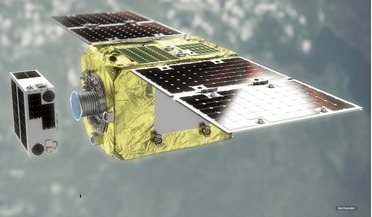 September 2021
Developing an in-orbit servicing and manufacturing economy
September 2021
Developing an in-orbit servicing and manufacturing economy
.... For example, the Japanese and European space agencies JAXA and ESA have already committed funding to Active Debris Removal (ADR) missions, while a recent report by the US Office of Inspector General (OIG) recommended that NASA invests in methods...
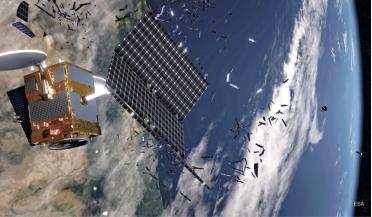 May 2024
Could ICAO be a NewSpace regulator?
May 2024
Could ICAO be a NewSpace regulator?
... will provide a useful input to the proposed ICAO Commission; indeed, a part of UNOOSA’s office could be absorbed by ICAO. Active Debris Removal requires navigating in the close vicinity of the target. This might be achieved by Lidar means. Near-term...
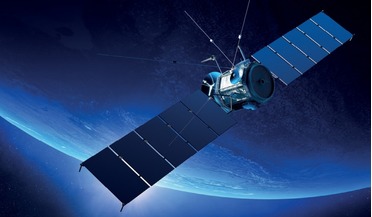 April 2017
Urgent action needed to keep satellites safe in orbit
April 2017
Urgent action needed to keep satellites safe in orbit
... of the GEO protected region as per IADC guideline 3.3.2 [2]. This defines a toroid-like band that encircles Earth. Active Debris Removal (ADR) will need to be accomplished at some point because even under best-case scenarios we cannot expect 100...
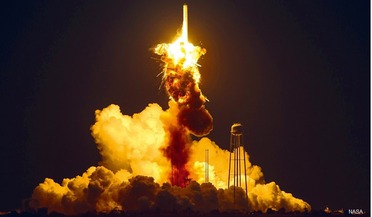 March 2015
Congested, contested, and invested: of space debris, risky launches and private initiative
March 2015
Congested, contested, and invested: of space debris, risky launches and private initiative
... private sector initiatives and innovations are likely to have as much of an impact as government initiatives. Active debris removal Active debris removal (ADR) is another area that has seen the emergence of proposed commercial solutions. Numerous...
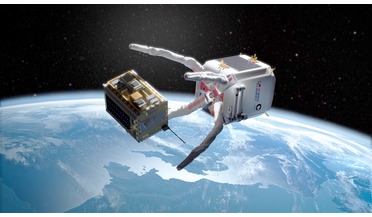 29 September 2022
UK gives space junk clearance missions priority funding
29 September 2022
UK gives space junk clearance missions priority funding
... the global satellite operator. The ELSA-M multi-client debris removal space servicer will be launched ahead of the UK’s Active Debris Removal mission in late 2024. Debris removal is expected to be the fastest growing segment of the emerging in-orbit...
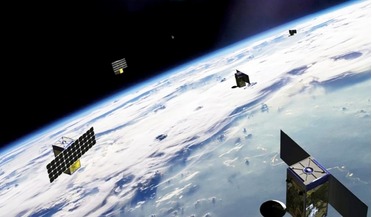 April 2019
The changing economics of space
April 2019
The changing economics of space
... extension, but with the intention to relocate the spacecraft or to decommission it at the end of its operational life. Active Debris Removal (ADR) requires navigating in the close vicinity of the target which could be achieved by Lidar means. New...